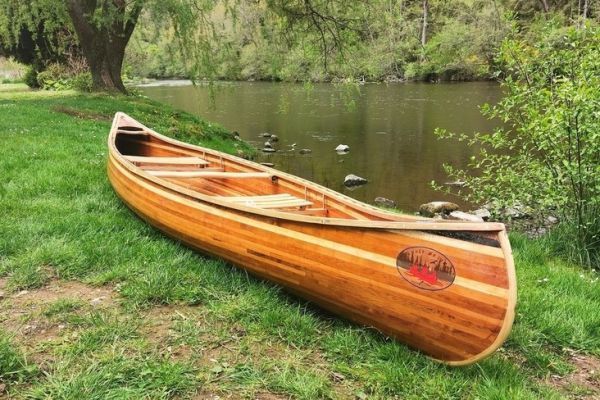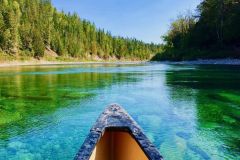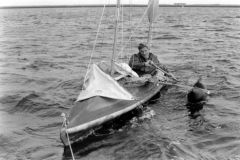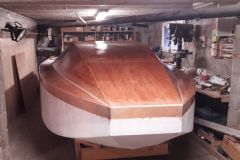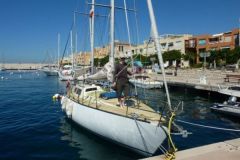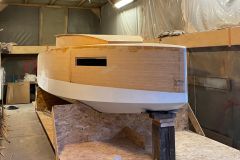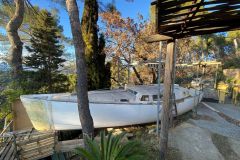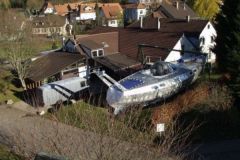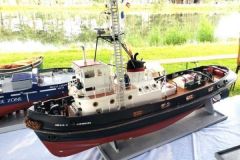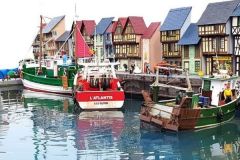Jean-François, or Jeff, is easily drawn into crazy projects. And yet, he's used to seeing them through to a successful conclusion the construction of its 4.30 m runabout . This time, he was talking to two friends who regularly canoe far and wide: down the Rhône from Léman to Marseille, Tour de Corse... That evening, they were discussing the descent of the Sioule in Auvergne. Departure in 2.5 months. Jeff is tempted by the adventure, but only on a canoe of his own construction. So here he is, with a new project to complete in a hurry. With many sleepless nights and a good knowledge of DIY, the boat will be finished the day before departure!
Buy ready-to-cut plans
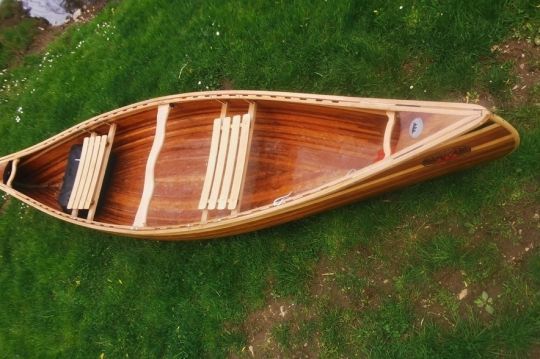
Jeff starts by buying the plans on the French website canotier.com for ?60. It's a small canoe, whose model is called Ricochet. The plans arrive in paper format with all the couples in scale 1, and precise assembly instructions. This will speed up all the layout work.
Red cedar for laths
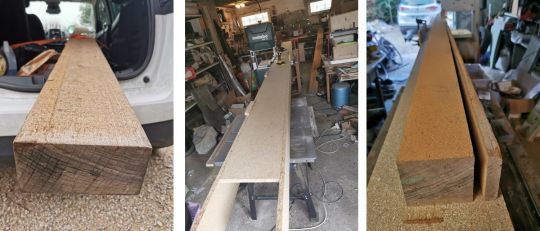
This canoe is built using strip planking, a successive gluing of thin wooden battens. Jeff went in search of red cedar, which he found in an old carpenter's shop: a 4.50 m long beam that he had to edge to transform into a strip. He installs a guide system on his band saw, and cuts 20 mm thick strips. These same strips are then cut into 6 mm thick laths. Finally, using a router, he creates concave and convex shapes with special cutters. This will facilitate assembly and gluing.
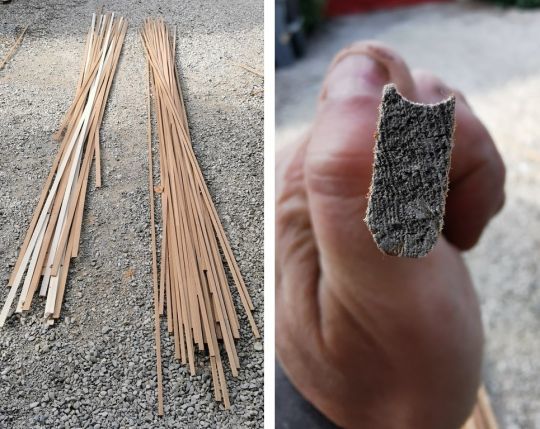
The process of creating the slats will be long and tedious. In fact, if at first he obtains 10 planks from the beam, in the end no less than 200 battens will be made! What's more, the 4.50 m length isn't long enough for this canoe. The longest battens, with the curvature of the hull, need to be 5 m long. So Jeff makes scarfs to join them together.
For the look, Jeff integrates a pine slat into the top of the planking. Lighter in color, it will stand out from the rest.
PU adhesive bonding
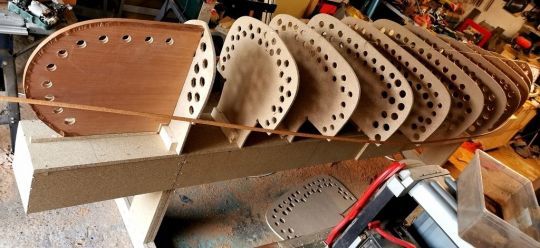
Finally, Jett assembles his canoe on the upside-down dummy. The flexibility of the red cedar laths makes the work easier. Each lath is glued to the previous one, and held in place by small staples while drying. They are then removed.
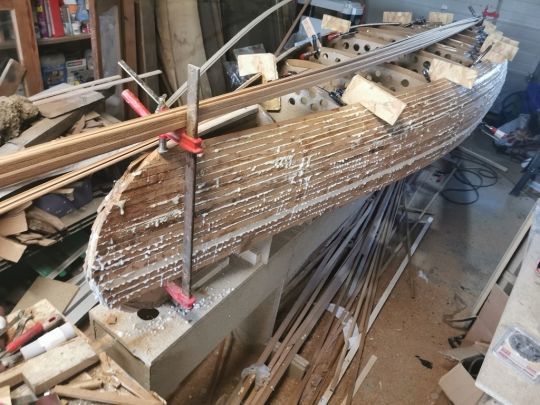
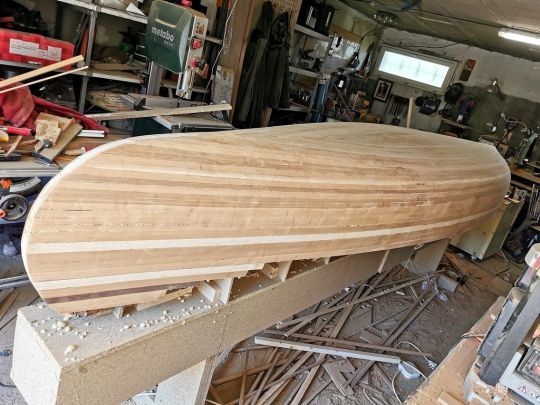
The bow and stern are made of ash to change color. Jeff makes a glulam part with 3 battens glued to the template. To successfully bend them, he builds a steamer using a stovepipe installed on a pressure cooker. After 45 minutes of steaming, the battens can be shaped as desired. They are glued with PU glue, which works even better in humid conditions.
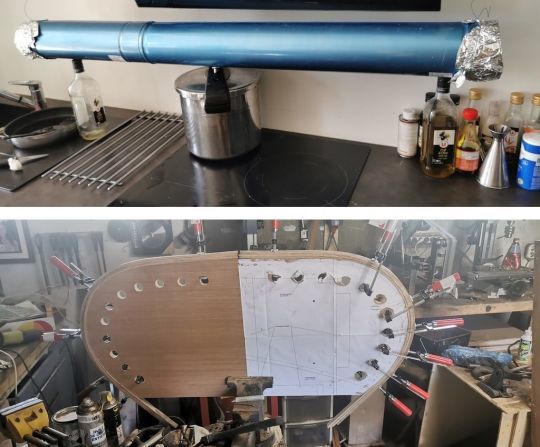
Three coats of varnish
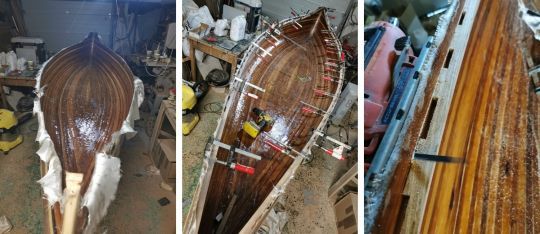
Once the hull has been created, Jeff covers it with a fiberglass skin. The skin is then bonded with epoxy resin. But first, the excess PU glue has to be removed. Jeff uses a cutter to scrape the entire hull. Finally, the inside of the boat is also covered with resin to prevent the bis coming into contact with moisture. Finally, the whole boat is protected with three coats of two-component varnish. Ash benches and a fore and aft deck complete this attractive canoe.
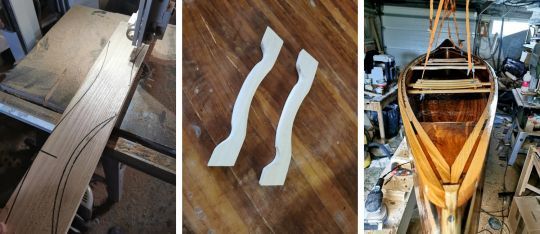
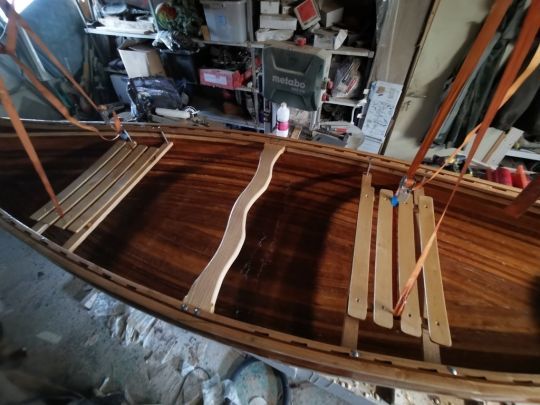
An eventful first sail
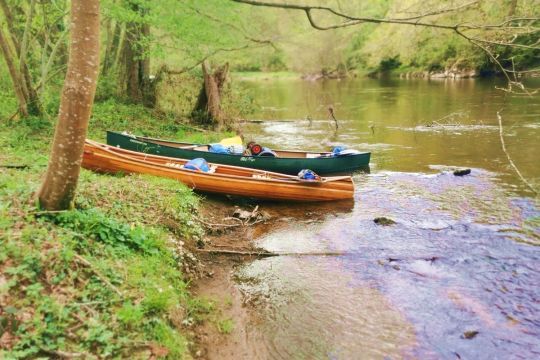
The descent of the Sioule went well, with 3 days of bivouac. However, what was supposed to be a leisurely descent turned into an eventful adventure. The rapids and lack of water put the newly-built hull to the test. Jeff was able to validate its solidity, and above all its flexibility. As he passed certain rocks, he could see the deformation of the bottom which, despite scratches, didn't show the slightest crack or water ingress. What's more, this navigation proved the manoeuvrability of the canoe's design.
The pleasure of sailing "your" boat
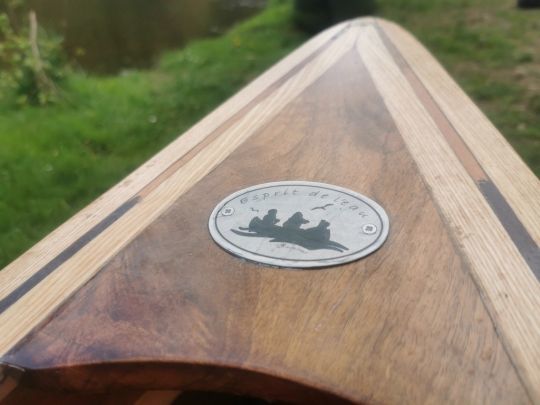
The express construction of this canoe cost its owner around ?2,000. Today, he often takes advantage of it. Weighing around 22 kg, he can easily load it onto the roof of his car and take it wherever he wants. Jeff created a logo featuring himself, his wife and his dog, and christened his boat "Spirit of Water".

 /
/ 